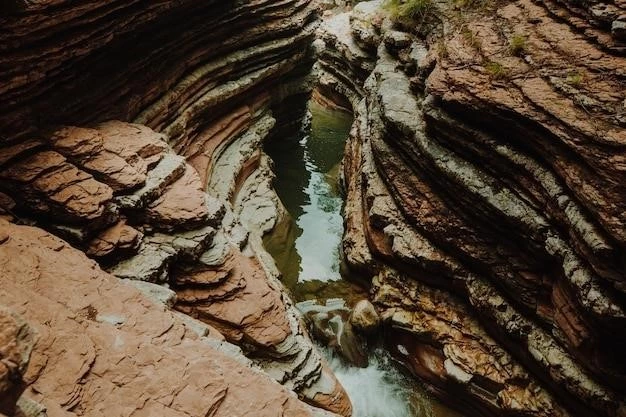The Giants Causeway: Legend Meets Geology
The air was thick with salt and the cries of gulls as I stood on the windswept coast of Northern Ireland. Before me lay the Giants Causeway, a mesmerizing expanse of hexagonal basalt columns tumbling down into the sea. It felt like stepping onto another planet, a landscape sculpted by myth and time.
A Landscape of Legends
As I gazed at the 40,000 interlocking columns, it was easy to understand how legends were born. The most famous tells of Finn McCool, an Irish giant who built the causeway to battle Benandonner, his Scottish rival. Some tales say Finn fell asleep before the fight, and his quick-thinking wife disguised him as a baby. Seeing the “child’s” size, Benandonner fled, destroying the causeway behind him so Finn couldn’t follow.
Standing there, I felt the pull of that story, the human impulse to weave narratives around the unexplainable. But the scientist in me was eager to delve into the real story behind this geological marvel.
The Science Behind the Spectacle
The Giants Causeway, as I learned, is a UNESCO World Heritage site, and for good reason. Its formation is a fascinating lesson in the Earth’s raw power. Here’s what happened, roughly 50 to 60 million years ago:
- Volcanic Upheaval: Intense volcanic activity cracked the Earth’s surface, flooding the area with molten basalt lava. Imagine the scene: fiery rivers of liquid rock flowing across the landscape.
- Cooling and Contracting: As the lava cooled, it contracted and cracked, much like mud drying in the sun. But here’s the crucial part: the cooling happened relatively quickly and evenly.
- Hexagonal Perfection: This rapid, uniform cooling process created a phenomenon called columnar jointing. The cracks naturally formed hexagons, the most stable shape for distributing the stress within the cooling lava.
- Nature’s Carving: Over millennia, the relentless forces of erosion – wind, rain, and waves – sculpted the cooled lava into the dramatic cliffs, steps, and columns we see today.

Walking Among Giants
I spent hours exploring the causeway, climbing the basalt columns, some reaching as high as 39 feet (12 meters). The regularity of the hexagons was astonishing. I traced their outlines with my hand, marveling at the precision of nature’s handiwork.
The site is divided into distinct sections, each with its own character:
- The Grand Causeway: The most impressive section, with thousands of closely packed columns forming a natural walkway out to sea.
- The Organ: Towering columns resembling the pipes of a giant organ, a testament to the sheer scale of the volcanic forces at play.
- The Giant’s Boot: A freestanding boot-shaped column, a playful reminder of the legends surrounding the site.

Beyond the Causeway
While the Giants Causeway is the star attraction, the surrounding coastline is equally captivating. I hiked along the cliff tops, buffeted by the wind, and gazed out at the rugged beauty of the Antrim coast. Seabirds soared overhead, their cries echoing across the water.
I learned that the area is a haven for wildlife, home to seabirds like guillemots, razorbills, and fulmars. If you’re lucky, you might even spot dolphins or porpoises offshore.
A Place of Wonder
As the sun began to set, casting long shadows across the basalt columns, I felt a sense of awe and wonder. The Giants Causeway is more than just a geological formation; it’s a place where legend and science collide, where the Earth’s ancient past unfolds before your eyes.
Whether you’re drawn by the myths or the geology, the Giants Causeway is a destination that will stay with you long after you’ve left its shores. It’s a reminder of the power of nature to inspire both our imaginations and our scientific curiosity.










